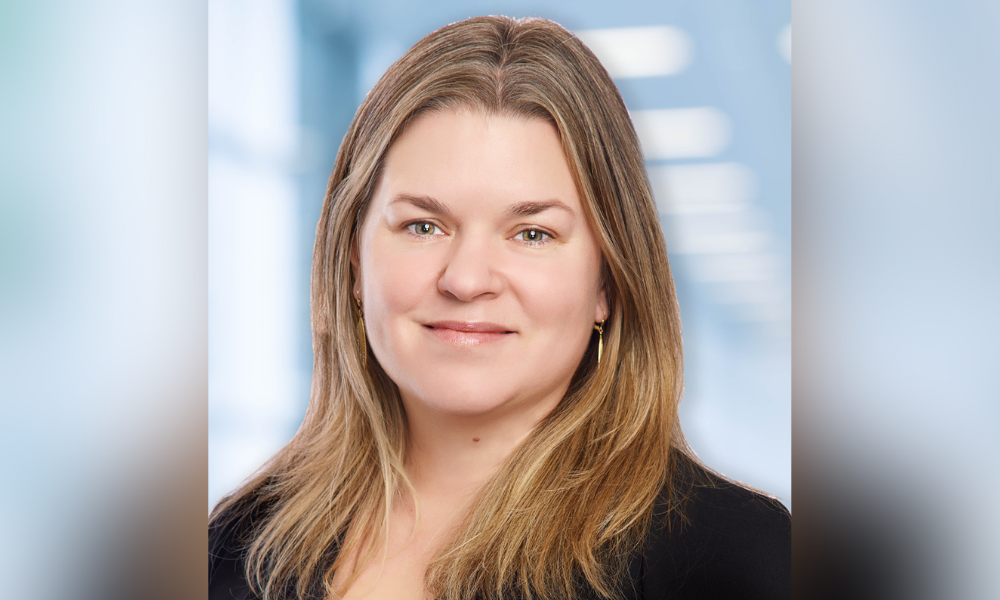BC decision outlines what makes a work-related mental health claim compensable

A recent decision by the BC Workers' Compensation Appeal Tribunal (WCAT) offers a detailed look at when work-related stress and burnout rises to the level of a compensable mental disorder – and when it doesn't.
In A2202387 (Re), 2025 CanLII 9894 (BC WCAT), a medical laboratory assistant claimed that chronic understaffing and workload pressure led to a panic attack at work.
Although the WCAT acknowledged the worker faced stress and high workloads, it denied the claim due to the absence of a formal DSM diagnosis, and concluded her workload did not exceed typical industry job demands in intensity or duration.
Mental health claims require more than burnout
To be compensable under section 135 of BC's Workers Compensation Act, a mental disorder must be diagnosed by a psychiatrist or psychologist, and be either a reaction to a traumatic event or predominantly caused by significant work-related stressors.
In this case, the worker had not received a DSM-based diagnosis from a qualified professional. This procedural hurdle is a critical threshold in mental health claims, explains Bonnie-Louise Lussier, lawyer with KSW Lawyers in Vancouver.
However, Lussier adds that that doesn’t mean employers get a free pass if there’s no diagnosis.
“From a practical standpoint, for employers, I think any employee that's coming to you and speaking about mental distress and burnout needs to be taken quite seriously,” she says.
“Because in the event where the DSM-5 step is met, there's going to be repercussions for employers to be upholding that duty to provide an ongoing safe work environment for their employees.”
Plus, the tribunal acknowledged in its decision that although the diagnosis criterion had not been met in this case, the board could still proceed to examine other factors as part of the investigation; “As such, I will go on to consider whether the other criteria required for acceptance of a mental disorder claim under section 135 are satisfied such that further investigation would be warranted,” the tribunal stated.
Subjective/objective: evaluating stress in mental health claims
A main point of contention in this case, which went through two previous reviews before this appeal, is the matter of the worker’s workload and what counts as “excessive” or “unreasonable”.
While the worker described overwhelming conditions, including missed breaks, early start times, and a high daily patient load, WCAT concluded that these fell within the scope of typical workplace demands for her role.
The tribunal considered both the worker’s subjective feelings and the “objective reality” of her workload, detailing in the decision that “where the general characteristics [of a worker] distort the reality of the event or stressor, less weight should be given to the general characteristics and more weight to the objective reality of the event or stressor.”
What employers can and should document
WCAT also reviewed the employer’s efforts to address staffing concerns, such as hiring clerks and restricting walk-ins; these mitigations helped show that the employer was responsive, even if imperfectly.
For HR professionals, says Lussier, this highlights the value of keeping detailed records such as staffing levels, workload distribution, internal memos about recruitment efforts, and changes to duties or schedules.
Such evidence can show that the employer took steps to maintain a reasonable and safe working environment, Lussier says.
“So evidence about the employer relating to workloads, deadlines, work evaluation, performance management, transfers, changes in job duties, layoffs, demotions and reorganizations. This is internal documentation that would be useful for employers to keep good details on,” Lussier says.
“Should these types of claims progress through the channels, they’d be able to potentially rely on this type of documentation to support that, hopefully, that they've maintained a reasonable workplace free of these types of stressors, significant stressors.”
Burnout is real, but not always compensable
Despite increased societal awareness of burnout, legal thresholds remain high.
WCAT acknowledged the worker often missed breaks and performed overtime but concluded these were not “excessive in intensity or duration” when viewed against the backdrop of the healthcare industry.
Even if a complaint doesn’t meet the threshold for a compensable claim, Lussier stresses that employers still have obligations under occupational health and safety and human rights laws.
“It's going to be case by case. But I think it's important for employers to take discussions with regards to stresses and burnout seriously, and to follow up and to point their employees to the resources that are at hand, and then again, to follow up,” Lussier advises.
“The legislation clearly says that these employers owe a duty of care in providing a workplace free of harm. And then there's duties to accommodate as well … where these existing mental health conditions might be at play for an individual at work.”
Preventative measures for mental health claims
For employers looking to stay ahead of these issues, proactive measures can help, such as “workplace safety checkups” and workplace assessments.
Workplace assessments – a strategy becoming more common, says Lussier – are typically conducted by trained third-party professionals who speak to employees across departments, aiming to detect early signs of burnout, conflict, or organizational strain. These assessments are meant to be preventative, allowing employers to make changes before issues evolve into formal complaints or legal claims.
Lussier highlights the growing use of workplace safety checkups and assessments: “Instead of waiting for the house to burn down, you go in and you see where the smoke might be starting and try to kind of help to alleviate it at the source before it blows up.”



